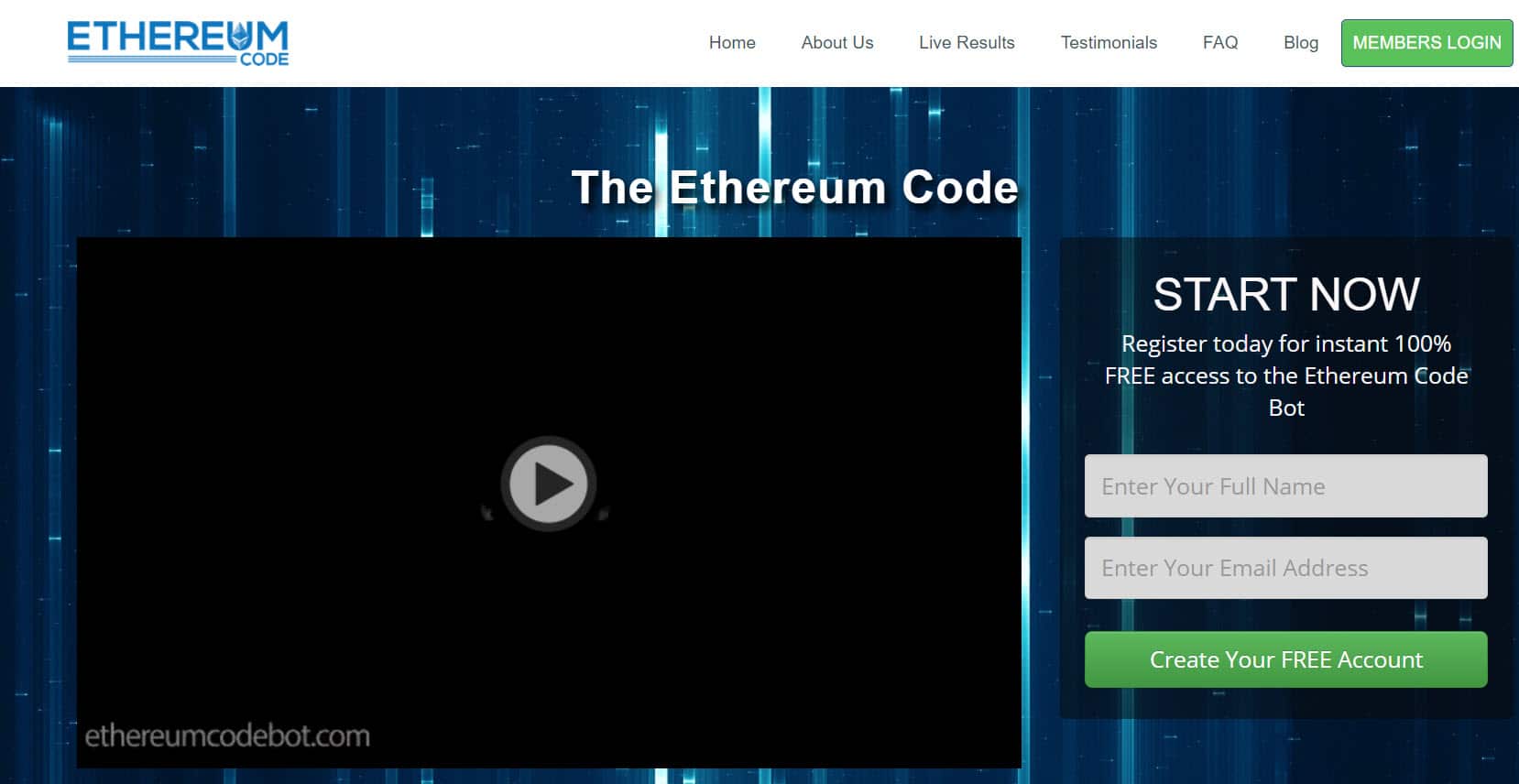

The results are still pretty good, especially when taking a portfolio approach. A Sharpe Ratio above 1 and a Profit Factor above 2 is good. The Profit Factor, which is gross profit divided by gross loss, averaged around 4. The Sharpe Ratio, which is a measure of risk-adjusted return, averaged above 1. Note that the system was only trading 40% of the time and the win rate averaged 68.4%. The overall results reflect performance throughout different market conditions. I like this period because it starts in a bear market, includes another bear market and also includes a few volatile periods (May 2010, summer 2011 and summer 2015). I am testing from July 2001 to March 2018 because this is when all four ETFs were trading. The next table shows the results for the four individual ETFs and the portfolio approach. Once this happens, a sell signal will not trigger until QQQ closes below the Chandelier Exit and the PPO crosses below its signal line. The sell setup will not materialize until QQQ moves above the Chandelier Exit. This system is not for the faint-hearted. The next chart shows QQQ with two closed trades and a an open trade, which is currently down around 5%. IJR moved above the Chandelier Exit on March 6th and a sell signal triggered on March 22nd (trade on March 23rd). The Chandelier Exit will fall when the 22-day high falls, which occurred in early March. Yes, you read right.Ī sell setup does not materialize until IJR moves above the Chandelier Exit (red line), which will eventually happen. The system does not have a stop-loss or trailing stop because these hurt overall performance.

IJR triggered a buy signal on February 1st and then fell over 6%. The February 2nd trade is a classic "would you have the nerve" trade. The starting portfolio is $100,000 and the commissions are $5 per trade. The backtests are based on dividend-adjusted data, which means the dividends were added back into the price data for a total return picture. The signals are generated on the close and the entry-exit prices are based on the next open. The system sells when one of two things occur: Price crosses below the Chandelier Exit (22,1) and the PPO (12,26,9) is already below its signal line or when price is already below the Chandelier Exit and the PPO crosses below its signal line. The system buys when 5-day RSI moves above 30, which implies it was below 30 before the buy signal This means the 5-day SMA is above the 200-day SMA for the S&P 500. I will then test four leveraged ETFs to show how risk increases along with reward. I will first run individual tests on SPY, QQQ, MDY and IJR, and then test these as a portfolio of equal-weight positions. Mean Reversion: Catch the Knife or Wait for the Bounce?.A Mean-Reversion System with the Chandelier Exit.A Portfolio Approach to Mean-Reversion Trading.The links below show four articles for reference. I also tested various exit strategies and stop-losses. I started by testing individual ETFs and then moved to a portfolio approach to spread the risk. I have been writing about mean-reversion systems since June 2016 and they continue to perform well. Before considering tweaks, make sure to check a couple dozen signals over a 10+ year lookback period. There is not much curve fitting because I am using a few basic indicators with some basic settings. The backtest results that I am going to show you are based on hundreds of trades. It simply uses two moving averages to determine the market regime and takes oversold signals. This system has no clue about the VIX and does not care about the breadth tables. Trading systems, however, are very different from technical analysis, especially classical technical analysis.įor example, this trading system is not concerned with the lower high in the S&P 500 from January to March. This makes it an opportune time to review and expand on a mean-reversion trading system.īefore getting started, note that this mean-reversion trading system uses some classic indicators, such as moving averages, RSI and the PPO.

Stocks fell sharply the last two weeks and RSI became oversold for most major index ETFs.


 0 kommentar(er)
0 kommentar(er)
